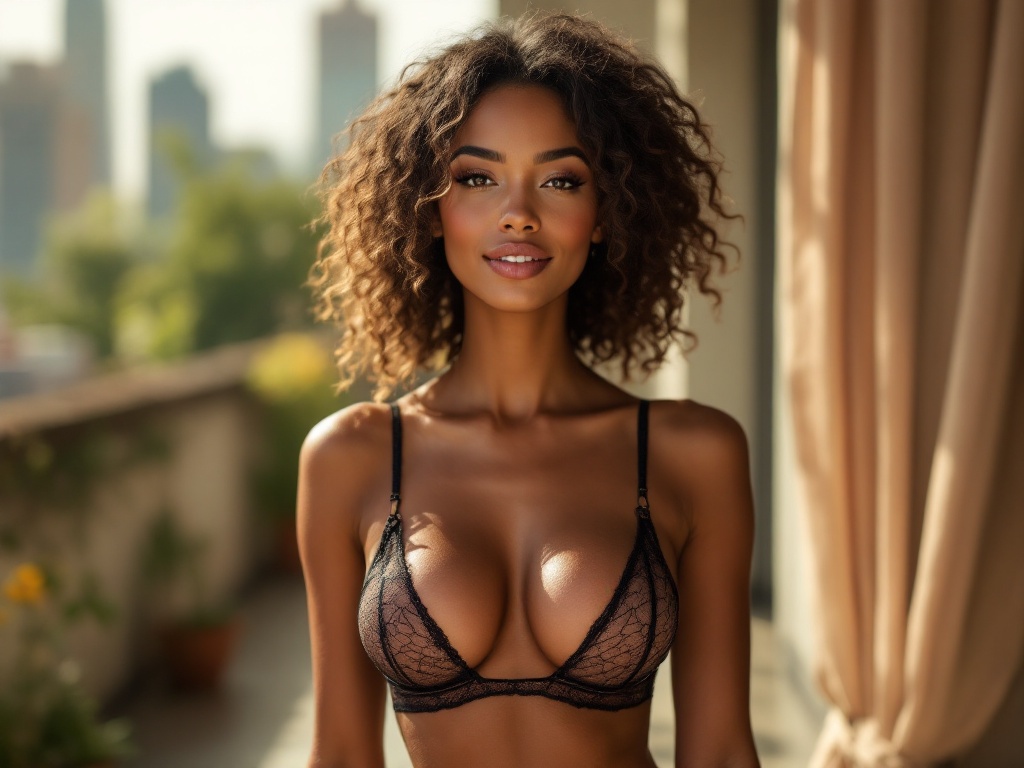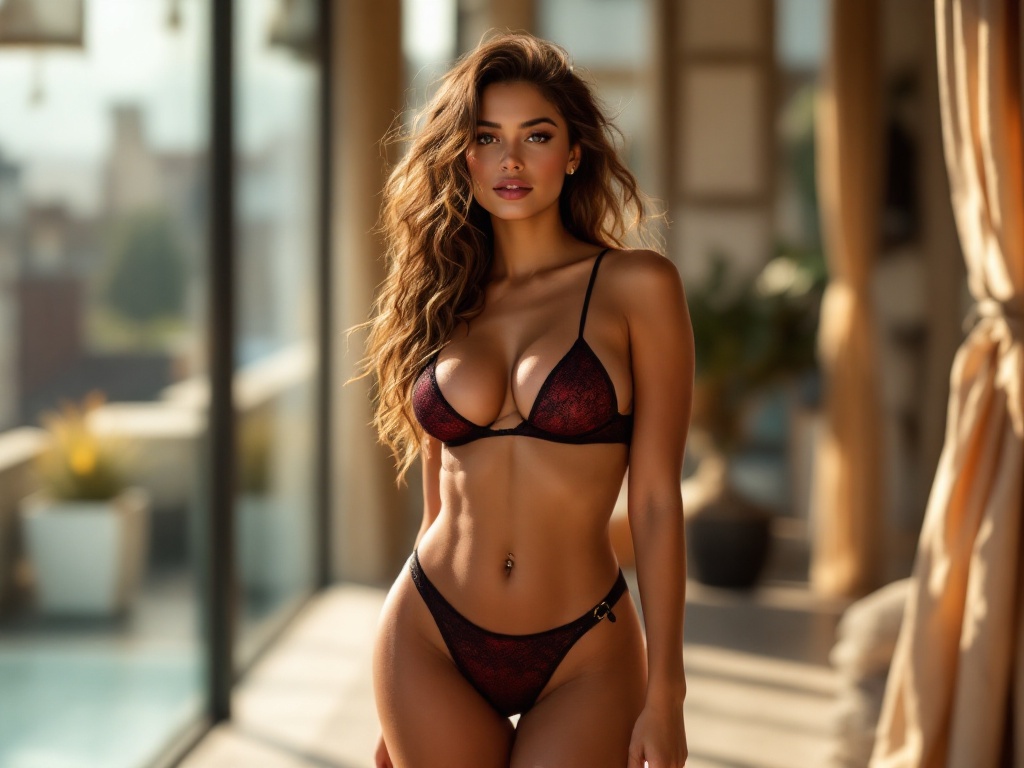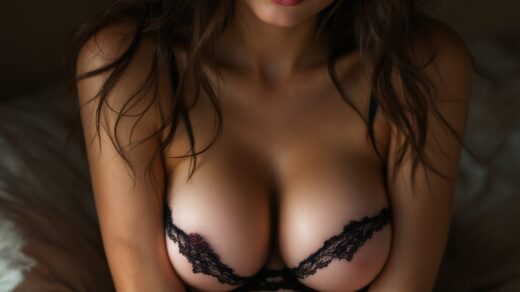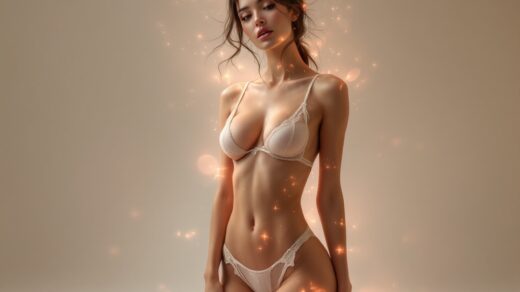In the rapidly expanding realm of AI-generated art, the quest for realism, notably in sensual imagery, is blazing new trails in innovation and skillful mastery. Creators aim to reproduce the delicate details of human skin texture—a feat demanding artistic intuition along with a robust understanding of sophisticated technologies and tools. The seductive charm of nudes can be immensely heightened by vivid skin details, stirring profound emotional reactions in audiences. This article explores the complex universe of skin texture creation, shedding light on advanced techniques that empower artists to transcend the limits of digital illustration. As we examine diverse methodologies, it’s crucial to recognize that crafting realistic skin textures is a harmonious blend of technology and creativity, bringing to life mesmerizing AI nudes. Get ready to discover groundbreaking techniques that could transform your approach to digital artistry.

Deciphering Skin Texture in AI Art
The reality of skin texture is vital for the impact of AI-crafted nudes. When viewers gaze at a digital masterpiece, their subtle responses are intricately connected to the artwork’s authenticity. A meticulously designed texture can capture human skin’s intricate features, such as its imperfections, sheen, and slight color fluctuations. These components forge depth and attract attention, which are crucial for captivating the audience. The allure of beauty in nudes frequently hinges on these authentic depictions, making skin texture not merely a detail but a centerpiece in digital erotic art. Understanding the psychological dynamics behind a viewer’s attraction to lifelike textures can unravel why certain methods succeed more than others.

Approaches to Crafting Lifelike Skin Textures
High-definition texturing serves as the bedrock for achieving realistic skin traits. By using detailed textures, artists can amplify the vibrancy and richness of their pieces. This method typically involves deploying textures designed at a greater pixel density, enabling a crisp depiction of skin qualities. Artists may create these textures independently or obtain them from texture databases. Here are some well-known platforms where high-resolution skin textures can be sourced:
- Textures.com
- Unsplash
- Adobe Stock
These sites significantly aid in acquiring necessary resources that can be adjusted and refined throughout the creation journey. When paired with effective lighting and shading techniques, high-resolution textures can replicate skin’s natural traits, enhancing the visual allure and engagement of AI nudes profoundly.
Procedural Texturing Techniques
Procedural texturing is a cutting-edge method that utilizes algorithmic processes to generate textures. This technique is renowned for its flexibility; it allows creators to explore endlessly customizable patterns that mirror the random characteristics of human skin. Key algorithms regularly applied include:
- Voronoi noise for emulating freckles
- Perlin noise for depicting pore details
- Fractal noise for uneven skin textures
Leveraging these algorithms, artists can conceive custom textures that align with their unique artistic vision. Additionally, procedural textures often lessen the memory demands, making files smaller without losing intricate detail.

Layering Techniques for Additional Depth
Layering diverse textures is a cornerstone in realizing depth and authenticity in skin portrayal. By layering multiple textures, artists can mimic the complex nature of real skin. A successful layering plan might involve:
- Base Skin Texture: The essential layer illustrating the primary skin hue and tone.
- Blemishes and Spots: Introducing imperfections that reflect authenticity.
- Wrinkles and Pores: Incorporating fine intricacies to enhance texture detail.
This rich, multilayered technique results in skin that appears full-bodied and dimensional. In the following table, common challenges encountered during texture layering are summarized along with their respective solutions.
| Common Challenges | Solutions |
|---|---|
| Artificial appearance | Adjust opacity and blending modes |
| Texture seams | Utilize seamless textures and precise UV mapping |
| A lack of detail in highlights | Integrate specular maps for improved lighting effects |
Essential Tools and Resources for Skin Texture Design
The right tools are crucial in the journey toward creating realistic skin textures. Certain software offerings are exceptional for their advanced texturing capabilities. The following tools are particularly popular among digital artists:
- ZBrush – Celebrated for its sculpting features and detailed texturing abilities.
- Substance Painter – Perfect for painting textures directly on 3D models with an intuitive interface.
- OpenBrush – A free tool designed for effective texture application with adaptable brushes.
These tools streamline the workflow for texture development and introduce myriad features that further improve the refinement of AI-generated nudes.
The Future of AI Skin Texture Generation
The digital art landscape is continuously evolving, leading to thrilling advances in skin texture creation techniques. Emerging trends include breakthroughs in machine learning resulting in more sophisticated texture synthesis. For instance, generative adversarial networks (GANs) are employed to craft ultra-realistic skin textures that blur the line between illusion and reality. Other exciting innovations encompass enhanced shader technology, empowering artists to develop dynamic textures that respond to light variations in real-time. Keeping pace with these trends can significantly shape an artist’s creative strategies, possibly ushering in pioneering developments in AI-created erotic art.
Conclusion
With the rising demand for convincing AI-generated sensual imagery, artists continuously face the challenge of honing their craft to new heights. Mastery of advanced skin texture generation techniques is crucial in this pursuit. By employing methodologies such as high-resolution and procedural texturing, along with strategic layering, artists can create captivating and authentic nudes that profoundly resonate with their audience. As we remain alert to new trends, it’s evident that technology will continue to expand the possibilities within this fascinating field, urging artists to sharpen their skills and explore uncharted creative and innovative territories.
FAQs
- Why is skin texture vital in AI-generated nudes? The texture of the skin profoundly influences the realism and emotional impact of the artwork, making it a crucial component in AI-produced nudes.
- Which tools are best for creating skin textures in AI art? ZBrush, Substance Painter, and OpenBrush are highly recommended for their advanced capabilities in texturing.
- How does procedural texturing differ from standard methods? Procedural texturing relies on algorithmic generation for textures, unlike traditional methods that depend on hand-painted or photo-derived processes, allowing for more versatility and uniqueness.
- Can free tools be used to create realistic skin textures? Absolutely, there are free tools like GIMP or Blender that can be innovatively used to craft realistic skin textures, although they may lack some features found in premium software.
- What trends should be monitored in AI skin texture creation? Emerging trends include advancements in machine learning techniques and refined shader technology, promising even more realistic portrayals.


